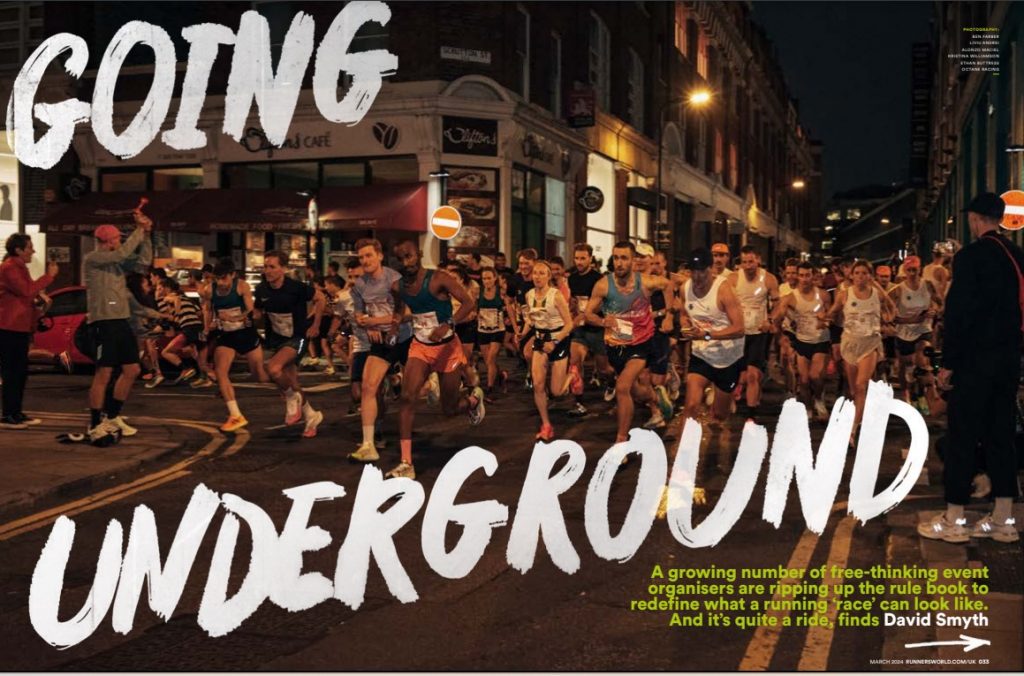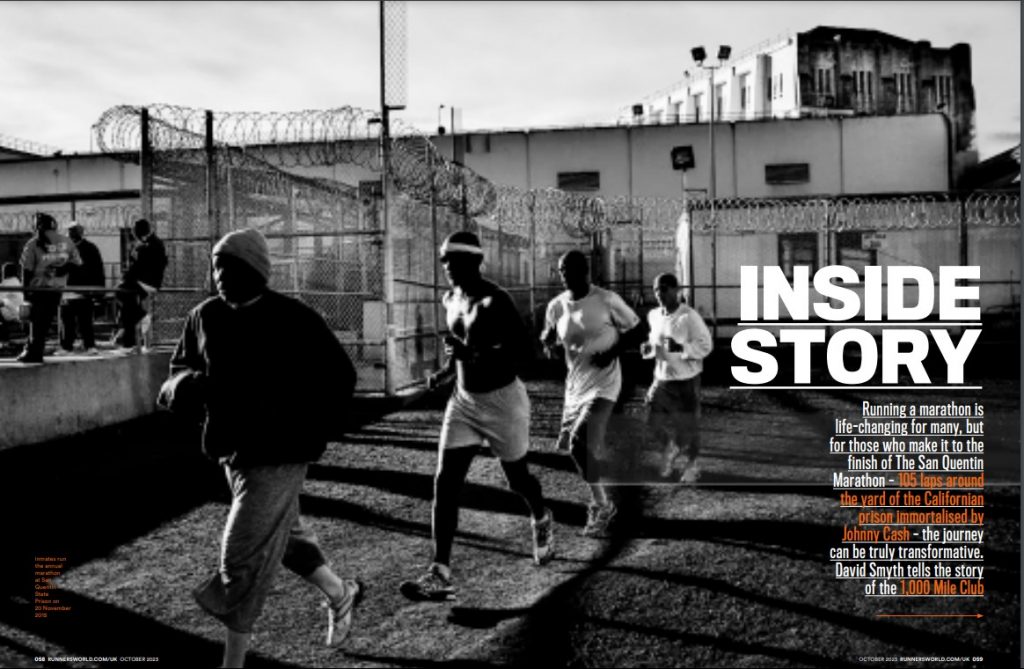The brutal bass of dubstep has been impacting on people’s fragile ribcages since the dance sound’s humble Croydon beginnings in 2001. It hasn’t had much of an impact on the charts, though – until now.
A new strain of artists are melding their dancefloor roots with traditional songwriting craft to produce futuristic music that still makes sense at home and on daytime radio. The charge is being led by 23-year-old north Londoner James Blake, who gives his late night ballads a fragile humanity by making his extraordinary voice the focus.
The style enables his purely electronic music to be filed neatly alongside far more conventional singer-songwriters. His recently released self-titled album has something in common with acclaimed US folk singer Bon Iver in the way he piles layers of his vocals on top of one another, as well as last year’s Mercury winners The xx for all the space and silences it contains. Some of his more conventional ballads also recall the torch songs of another Mercury Prize winner, Antony & the Johnsons. Blake sounds so of the moment that he must be a frontrunner for this year’s Mercury Prize himself.
His progression from instrumental early EPs to an album that twists and tweaks the human voice mirrors the dubstep scene’s journey towards mainstream accessibility. Yet its roots as powerful, thrilling club music have not been completely abandoned. Blake discovered dubstep, like many others, at its longest running club night, FWD>> in Shoreditch, east London. “The DJ played a Coki track called Haunted, and it took me so far into my own head that I couldn’t work out how it was happening,” he told the Telegraph.
Even Blake’s Limit to Your Love, a glacial piano ballad composed by Feist and Gonzales that was all over the radio at the start of the year, was created with club nights in mind. “I made it to be devastating in a club, on a huge sound system. You get a completely different experience if you listen to it on any other medium,” he said.
Another of the new leading lights, Jamie Woon, has moved in the opposite direction, but still couldn’t be better placed for crossover success. Woon was a straight singer-songwriter when he started out, before a 2007 Burial remix of his recording of the folk standard, Wayfaring Stranger, inspired him to go back to the drawing board. His music would be an ideal starting point for anyone dubstep curious who has absolutely no intention of going clubbing. “I never wanted to be in one scene. I’ve always wanted to make pop music,” he told the Guardian. His soulful, spectacular voice dominates over the bass on his debut album, Mirrorwriting, out in April.
Identifying and sorting through dance music’s myriad strains and sub-sub-subgenres can be perilous for the uninitiated or indeed anyone too long out of their teens, but you can spot this one a mile off. Sometimes known by the broader, plainer definition “bass music”, its principal characteristic stands out like a robin’s radiant chest to a twitcher. It’s a violent bass rumble that can be felt internally – music as a physical force.
Mary Anne Hobbs, the former Radio 1 DJ whose late night Breezeblock show played a vital part in exposing the sound until she moved on to a university job in September last year, told Time Out: “It really changed my life. Dubstep is a sound that will literally stop you in your tracks, it’s so powerful and elemental.”
Unlike other forms of music which earn a euphoric response from a crowd by building from slow to fast or quiet to loud, dubstep is all about space and weight. Take Skream’s landmark 2009 remix of La Roux’s number two hit In for the Kill, which lumbers minimally for a full four minutes, then allows 10 seconds of total silence before the drums finally kick in with exhilarating effect.
Away from the bass, more technically, it’s also often characterised as “140bpm, snare-on-the-3” – that offbeat rhythm and slightly slower pace than most dance music making it harder to move to, but also making the dancefloor a more freestyle, more fun place to be.
At first, in 2001, there was only one club in which to hear this kind of music. The FWD>> night began at the Velvet Room on London’s Charing Cross Road and quickly moved on to Plastic People in Shoreditch, where it still takes place every Thursday. It grew as a reaction against the chart-friendly, shiny materialism of the dominant dance style of the time, 2step garage. It played a dark, gritty sound for serious music heads.
Its main DJ was Hatcha, a young white guy who also worked at the now long-closed record shop Big Apple in Croydon. Working in a studio above the shop was producer Artwork, now one-third of the dubstep “supergroup” and top 10 stars Magnetic Man. Together with Hatcha and the shop’s owner John Kennedy he started a Big Apple record label and released early dubstep recordings by the teenage Skream and Benga (now his cohorts in Magnetic Man) as well as other key names such as Coki, Loefah and Digital Msytikz. The latter two now run the DMZ club night at Mass in Brixton, the other main place to go to hear organ-damaging bass music.
“We were all making records for Hatcha to spin and meeting in the record shop to discuss the sound we were making,” Artwork said in the Guardian. “It was a bit like a bass university.”
Despite the common perception of dubstep as a bleak and unfriendly sound, there was a sense of community and positivity around it from the very beginning which can only have helped its progress. The club nights are centred on the music, not drugs, attracting a crowd that is racially mixed and having none of the problems with violence that often blighted garage events.
“Although the music was often described as moody the artists involved only ever promoted good vibes,” says Nicole McKenzie, A&R for Soul Jazz Records and a buyer at the Sounds of the Universe shop in Soho. Soul Jazz has released two Box of Dub compilations and two Steppas’ Delight collections which are the best primers in the sound, as well as a recent collection called Future Bass which shows where it might go next. It’s also worth seeking out 5 Years of Hyperdub on dubstep pioneer Kode9’s influential Hyperdub label – home of Burial.
“It was such a special and exciting sound among a relatively small group of people,” McKenzie continues. “But it was hard to visualise how it would grow at the start. It was a strictly vinyl affair – no MP3s, no CDs. I never imagined it would get as big as it has now.”
That growth has happened so incrementally over a decade that it feels as if dubstep has had to compromise itself less than some other musical styles in order to sneak into the charts. It’s hard to pick a single tipping point. A real head like McKenzie would suggest Skream’s minimal yet melodic 2005 track Midnight Request Line as the moment they realised dubstep could cross over. But the first record to become popular with home listeners was Burial’s shadowy, beautiful second album, Untrue, which just lost out to Elbow for the 2008 Mercury Music Prize.
Radio support has grown gradually too. Rinse FM was there at the beginning, then as a near legendary London pirate station, on the internet since 2006 and soon to be airing with a community FM broadcast licence which should increase its audience significantly. Skream and Benga still have a show on Wednesday evenings.
Radio 1’s digital urban spinoff, 1Xtra, was there near the start too, broadcasting a dubstep-focused show presented by J Da Flex from its launch in 2002. The station’s current dubstep figurehead, MistaJam, has just been given a two hour Saturday night dubstep show on Radio 1 itself, starting at 11pm on 26 February.
Though Mary Anne Hobbs had already been playing dubstep for years, Radio 1 Head of Music George Ergatoudis remembers his personal tipping point as Benga & Coki’s Night, the brutally simplistic track that was the first dubstep tune to make it onto the station’s daytime playlist in 2008. “I did think it was a landmark moment – the first time we dipped a toe in the water,” he says. His newest passion is the duo Nero, who have already remixed The Streets and Beyonce.
Now the floodgates have opened thanks to a crucial additon: singers and personalities. Magnetic Man’s self-titled debut album from last autumn features familiar vocalists Ms Dynamite and John Legend as well as imminent household name Katy B, the Brit School and Goldsmiths educated singer whose solo album will be released in April. She’s the smiley, glamorous female face of the scene and already has two top five hits to her name, but she’s careful not to pigeonhole herself as solely a dubstep act. “I like to describe myself as being part of the British underground scene and, to me, that includes everything going on right now. I sing on funky [dubstep’s more upbeat cousin], I sing on dubstep, I sing on hip hop, whatever I like I’ll sing on it,” she said in the Guardian.
Magnetic Man’s versatility extends to the live arena, where they have just completed an NME-branded tour alongside electronica duo Crystal Castles and indie bands Everything Everything and The Vaccines. The trio are taking on a role similar to that of The Prodigy in the Nineties, using a dazzling show to prove to indie crowds that music doesn’t need to feature guitars to blow your head off.
Dubstep’s remarkable versatility, from the delicate 3am mood music of Blake and Burial to the thunderous party anthems of Rusko, Caspa and BBC Radio 1’s latest darlings, Modestep, is allowing it to infiltrate the mainstream pop of established stars too. With London duo Chase & Status working with Rihanna and Snoop Dogg, everyone from Kelis to Muse ordering a dubstep remix and dubstep events taking place as far afield as New York and Croatia, the sound of south London is really going places.
Have a listen to the recent Britney Spears single, Hold It Against Me, especially the bridge just after the two minute mark. That stuttering beat, lashings of echo, and bass that could make your buildings insurance policy invalid – it’s unmistakable. Even the Princess of Pop has been dubstepped.
With the nation’s biggest youth station firmly behind it, and A-list pop stars from the US pricking up their ears, dubstep could be on the cusp of a long period of top 10 domination.
But its intense youth appeal is also a problem. Take Modestep’s hugely commercial single Feel Good, battered on Radio 1’s A-list after Ergatoudis saw the vast viewing figures for the track on the influential YouTube channel UKF Dubstep. The video has now been viewed almost three million times, yet the song only charted at number 38.
“It became very obvious that it was a record we needed to support,” says Ergatoudis. “But at the moment the sales aren’t ridiculous. Our listenership are definitely consuming it but they aren’t necessarily buying it. They’re getting it from YouTube or by other means.”
Kids will be kids. Whether the charts accurately reflect it or not, it’s clear that this is a youth movement that isn’t going away. As Ergatoudis points out, all that bass has another appeal too: “Kids still want to alienate their parents with devastating noise – dubstep’s great at that.”









